class ii division 2 occlusion
Lateral cephalograms of subjects with normal occlusion were taken on the same x-ray unit using the same conditions. Re as with Class 11 Division 1 malocclusions the AB to occlusal plane is a more nearly distinguishing angle than SNA-SNB for separating normal occlusions from Class II Division 2 malocclusions9 Any and all.
Aetiology of Class II division 2 The majority of Class II division 2 malocclusions arise as a result of a number of interrelated skeletal and soft tissue factors.

. Inferior surgical repositioning of the maxilla is often the treatment of choice for patients with maxillary vertical deficiency. The Class II div 2 malocclusion is rare and procuring the study sample is always a difficult task. A Class II malocclusion is present when the mesiobuccal cusp of the maxillary first molar occludes mesial to the mid buccal groove of the mandibular first molar.
Class II Division 1 and 2 Type Problems. Between the two types of Class II malocclusions less time may be required to treat a divi-sion 2 than a division 1 malocclusion2 The Trainer for Kids T4K Myofunctional Research Co Australia is a polyurethane pre-fabricated functional appliance composed of various elements12 that stimulate the. There was moderate to severe attrition of.
Types of class 2 malocclusion. Non-Orthodontic Correction of Class II Division 2 Occlusion Using Porcelain Laminate Veneers. Class 2 or class II malocclusions are characterized by upper molars that are too far forward compared to the lower molars.
Class II occlusion occurs when the lower dental arch is posterior more towards the back of the mouth than the upper one. Both arches exhibited mild-to-moderate crowding. Class 2 malocclusions can be subdivided into two categories division 1 and division 2.
What is a Class II Division 2 malocclusion. The mesiobuccal cusp of the upper first molar occludes anterior to the buccal groove of the lower first molar. A Class II division 2 malocclusion was associated with a severe overjet and 100 deep bite due to moderately supraerupted upper incisors and excessively supraerupted lower incisors.
Canine by width of a premolar. Distal of md canine is distal to mesial of mx. Moorrees et al Buschang et al and Walkow and Peck analyzed the study models of Class II div 1 and div 2 and summarized.
A class II division 2 malocclusion is a subdivision of the Angle class II classification and is defined by a class II division 2 incisor relationship with the incisal edges of the mandibular incisors occluding posterior to the cingulum plateau of the maxillary central incisors which are retroclined. Tooth wear on the malocclusion subjects should not be considered pathologic but rather the consequence of different interocclusal arrangements. Upper incisors are tilted outwards creating significant overjet.
The class II division 2 differs from division 1 by the following characteristic. Class II division 1. Although Angle classified the malocclusion in 1890s there is still lack of clarity regarding the pathognomonic.
Below tehe mean for normal occlusions. A Class II division 2 II2 relationship describes the malocclusion where. 1 Flat mandibular plane 2 Increasesd posterior facial height 3 Short lower anterior facial height resulting in both upper and lower lip having a more everted.
Upper incisors are labially inclined. The discrepancy between the upper and lower teeth does not match the discrepancy between the upper and lower teeth where the molars and canines are located red and blue arrows. 1st molar is distal to mesiobuccal cusp of mx 1st molar canine.
The TMJ and intercuspal masticatory articulations are a continuum of the entire body posture articulation. For Class II malocclusions. Angle and subsequent authors differentiated between Class II division 1 and 2 malocclusions based on the position of the incisors.
The upper incisors were upright and the lower incisors normally inclined. The upper incisors are tipped backward and hide the fact that the lower jaw. By Thomas Gleghorn DDS.
In this malocclusion the upper front and maxillary teeth project more forward than the lower teeth and the jaw. A neutral growth pattern was dominant in Class II division I malocclusion and a hypodivergent pattern was dominant in Class II division 2. This overbite can be caused by an overly prominent upper jaw or an underdeveloped lower jaw.
1- Skeletal pattern Classa II division 2 malocclusion is commenly associated with a mild Class II Skeletal pattern but may also occur in association with Class I or even a Class III dental base relationship. Even though Angle gave the classification of malocclusion in 1890s there is still lack of clarity regarding the classical features of Class II div 2 malocclusion. What is class II occlusion.
However this patient had borderline vertical deficiency that was treated with a. This case report describes the treatment of a 25-year-old woman with a Class II malocclusion secondary to mandibular skeletal deficiency and mild overclosure. Whether discussing porcelain systems bonding agents or luting resins most of the clinical cases shown in trade.
Skeletal Class II division 2 Mandibular deficiency Class II div 2 with a small mandible the decreased size is localized more to the mandibular body Mandibular Ramus is of normal lenght Cephalometrically. There are two subtypes of Class II malocclusion. Subjects with normal occlusion and those with complete Class II Division 2 malocclusions have different tooth-wear patterns.
The Class II division 2 malocclusion occurs the least often and obtaining the sample for the purpose of evaluation has always remained a critical issue. Mesiobuccal groove of md. The malocclusion was classified as Class II Division 2 characterized by the upright and retroclined position of upper central incisors in conjunction with excess vertical overbite and an excessive interincisal angle.
Anatomic andor physiologic changes at any postural level require compensatory neuromuscular accommodation. The trend in dental materials and techniques today is newer stronger better. Likewise the mean lower gonial angle N Go Me the Y-axis angle and the sum of sella.
On the other hand the AB to occlusal plane average in Class II Division 2 is almost 2 SD. Apart from these basic features there are no characteristic features pertaining to Class II division 2 in the literature. Class II division 2.
Class II occlusion is also known as. Class II malocclusion. Class II division 2.
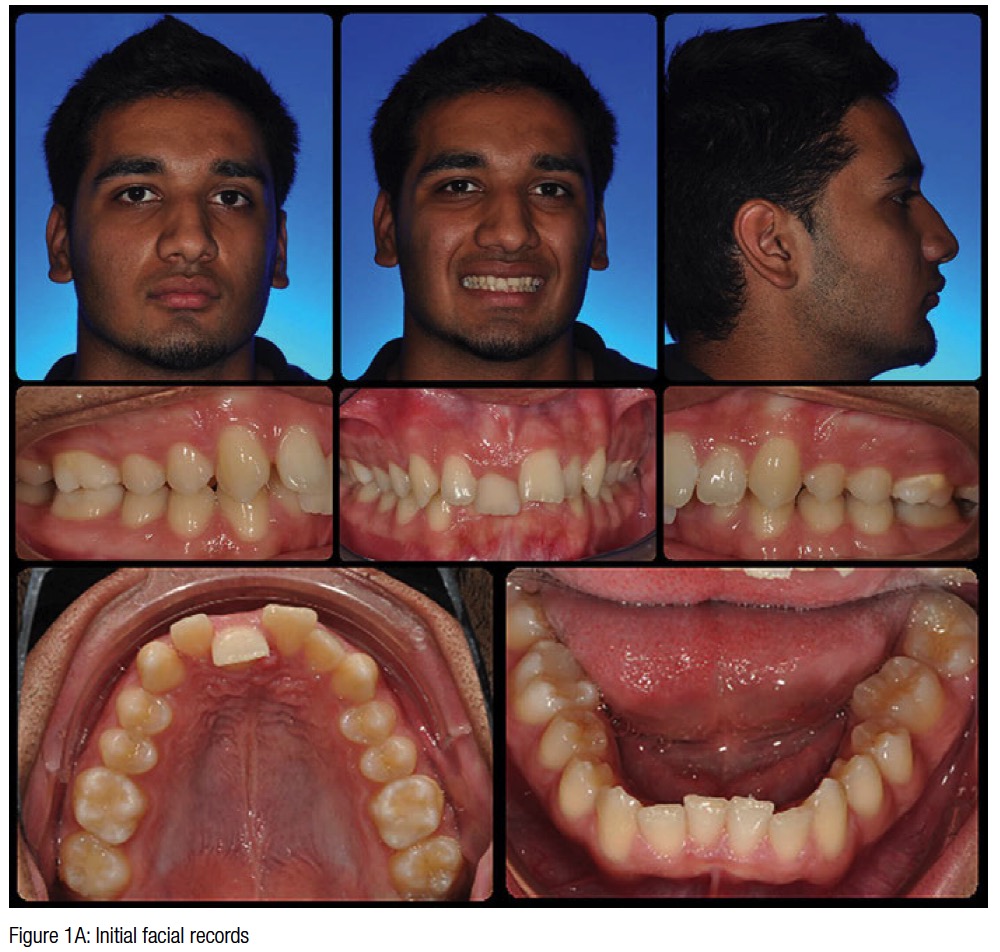
Integrating Efficient Systems To Complete A Challenging Class Ii Division 2 In 16 Months Orthodontic Practice Us

Figure 1 From Treatment Of Class Ii Division 2 Malocclusion Using The Forsus Fatigue Resistance Device And 5 Year Follow Up Semantic Scholar
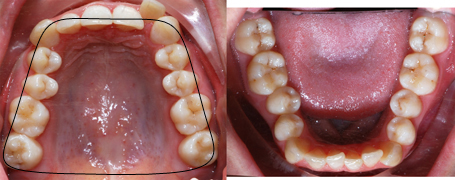
Class Ii Division 2 Dr Sylvain Chamberland Orthodontiste

Classification Of Malocclusions Pocket Dentistry

Pdf Class Ii Division 2 Subdivision Left Malocclusion Associated With Anterior Deep Overbite In An Adult Patient With Temporomandibular Disorder Semantic Scholar

Class Ii Division 2 Dr Sylvain Chamberland Orthodontiste

Class Ii Malocclusion Treatment With A Customized Dual Force Distalizer American Journal Of Orthodontics And Dentofacial Orthopedics
Common Malocclusions Dr Jean Cassar Orthodontist
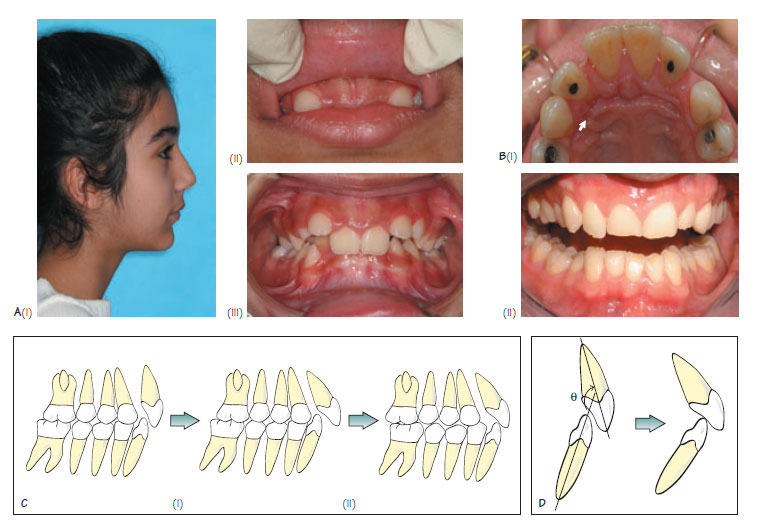
23 Class Ii Division 2 Malocclusion Pocket Dentistry

A To D This Patient S Class Ii Division 2 Malocclusion Was Corrected Download Scientific Diagram

Pdf Treatment Of Class Ii Division 2 Malocclusion Using The Forsus Fatigue Resistance Device And 5 Year Follow Up Semantic Scholar

What Is Normal Occlusion Orthodontics Orthodontics Marketing Dental Assistant Study

Occlusion Clinique Dentaire Bennani

Severe Class Ii Division 1 Malocclusion In An Adolescent Patient Treated With A Novel Sagittal Guidance Twin Block Appliance Semantic Scholar

Pdf Ortho Surgical Management Of Severe Skeletal Class Ii Div 2 Malocclusion In Adult Semantic Scholar
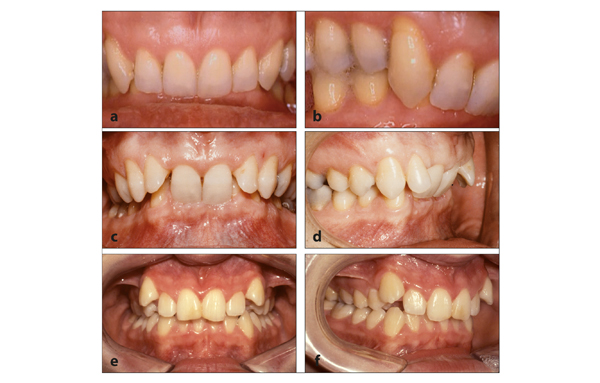
12 Class Ii Division 2 Malocclusions Pocket Dentistry
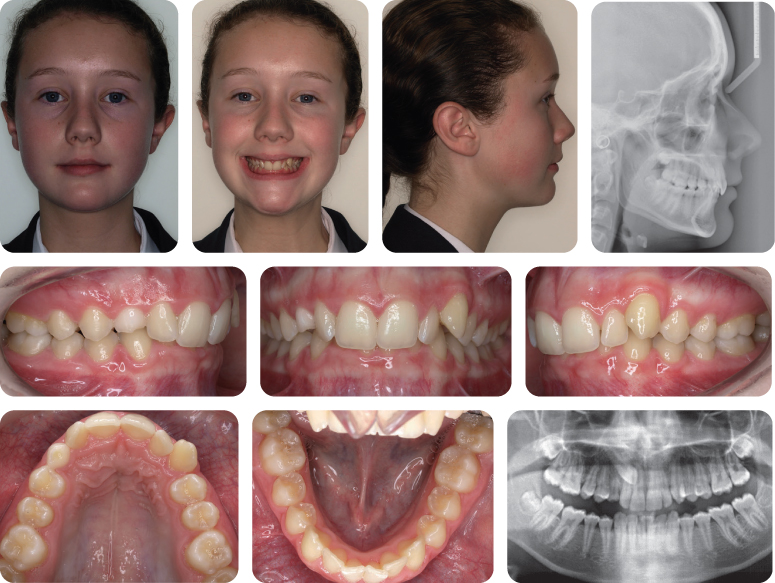
5 Class Ii Division 2 Malocclusion Pocket Dentistry

Combined Orthodontic Orthopedic Treatment Of An Adolescent Class Ii Division 2 Patient With Extreme Deepbite Using The Forsus Fatigue Resistant Device Pocket Dentistry
